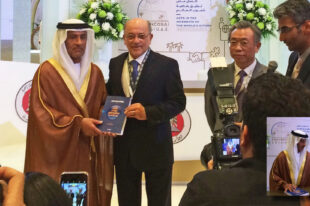How Can the SAI Community Become More Active and Visible In Its Involvement In the Implementation Of Sustainable Development Goals (SDGs)?
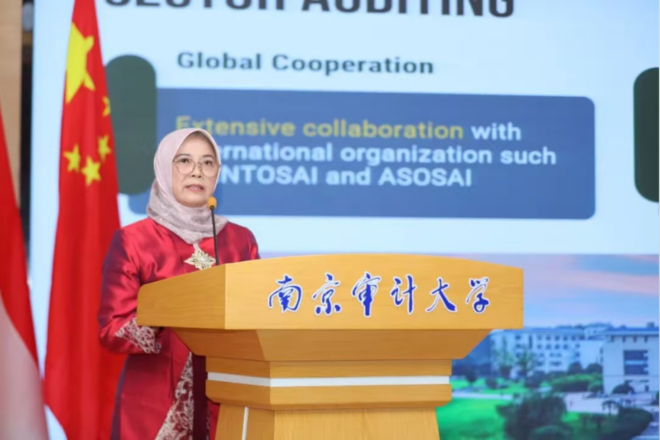
Author: Isma Yatun, Chair of the Audit Board of the Republic of Indonesia
This editorial expresses the opinions and beliefs of the author and do not necessarily reflect the views or policies of INTOSAI. The topic was presented during Dr Isma Yatun’s honorary professorship ceremony on 5 September 2024 at Nanjing Audit University.
Overview
The Sustainable Development Goals (SDGs) Report 2024 indicates that only 17% of the SDG targets remain on track as planned. The COVID-19 pandemic, global conflicts, and climate change have profoundly and significantly impacted progress towards meeting the SDGs. Other technical factors related to mainstreaming SDGs into national policies have further exacerbated the condition. While SAIs’ involvement has been essential in advancing the implementation of SDGs within individual country’s level, results from monitoring and evaluating the achievement of SDG targets at the global level raise an essential question about the effectiveness of governance arrangements within the United Nations (UN) for the management of SDGs globally. A proposed governance and accountability model for the management of SDGs at the global level would see the SAI community step forward in providing assurances and comprehensive assessments regarding the UN’s performance in steering the global implementation of SDGs.
Introduction
As we are currently over the halfway stage of the 15-year cycle (2015-2030), it’s crucial to note that the evaluation of the 17 Sustainable Development Goals (SDGs) indicates the commitment to leaving “no one behind” is in peril. This underscores the urgent need for all of us, the SAI community, to step up our efforts in the SDG implementation journey. Given the current state of the world and the ongoing global challenges, the UN member states have encountered difficulties in meeting the obligations outlined in the 17 Goals of the 2030 Agenda. The SDGs Report 2024 indicates that only 17% of the SDG targets remain on track as planned, while almost half are making minimal progress, and progress on over one-third has stalled or even regressed (UN, 2024).
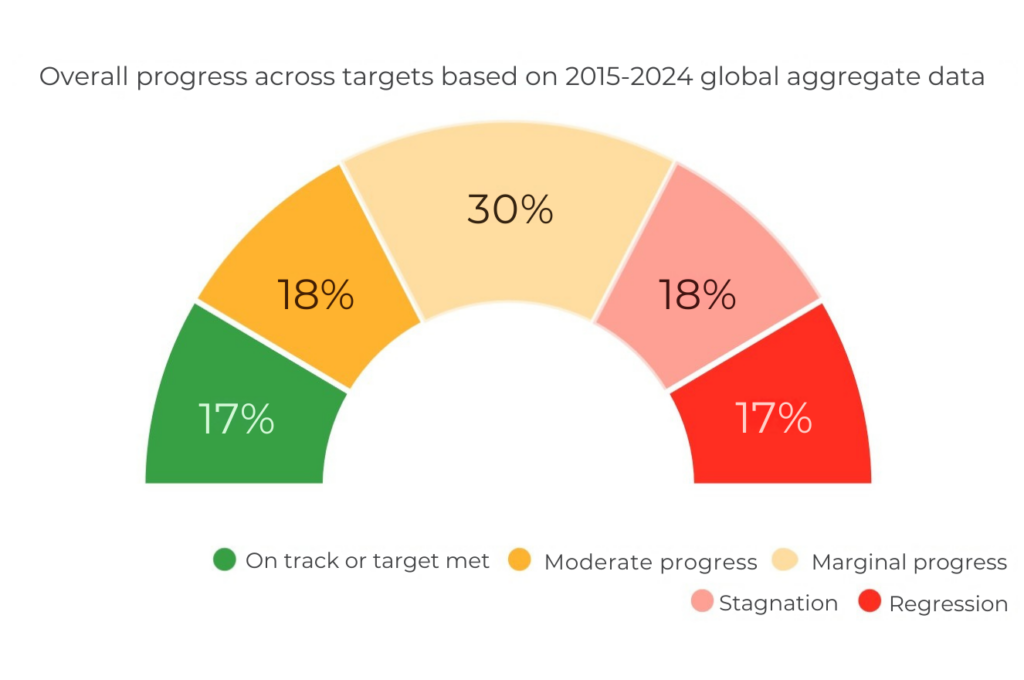
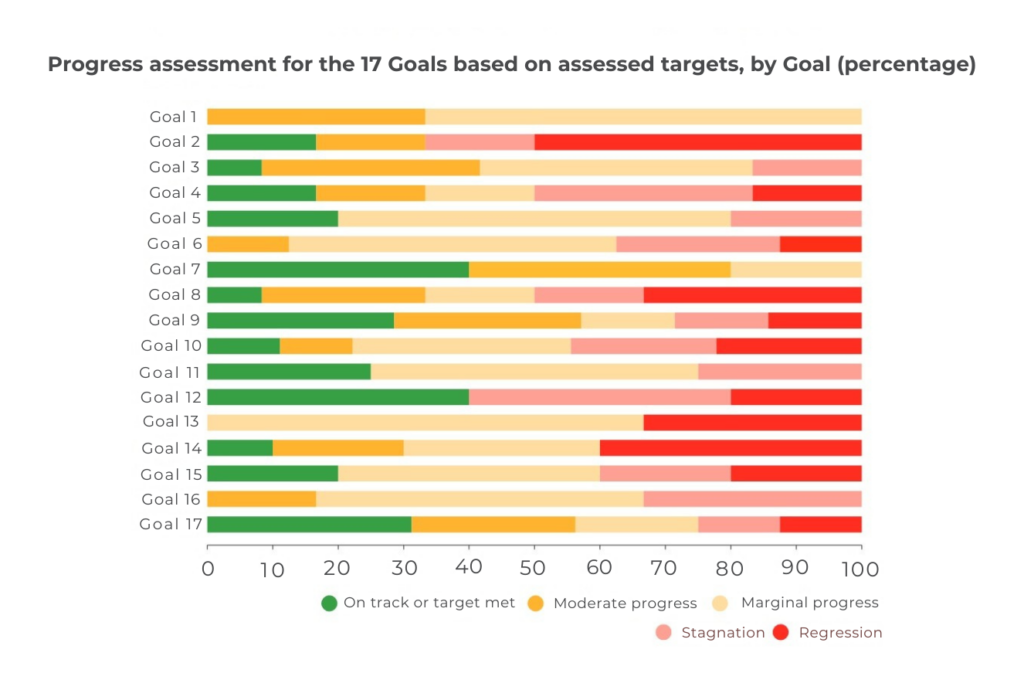
Challenges in the implementation of SDGs
The COVID-19 pandemic, global conflicts, and climate change have profoundly and significantly impacted SDG progress, resulting in a low percentage of targets being on track (UN, 2024). The effects of the COVID-19 pandemic have further complicated the implementation of the SDGs, revealing and widening existing gaps (Desai, 2023). The pandemic led to significant job losses and disruptions in small businesses, further widening the gap between different socio-economic groups (Hannan et al, 2022). It also strained health systems, diverting resources and attention away from other critical health services (Chiluba et al, 2020). Global conflicts are at an all-time high, leading to millions being displaced and hindering progress on the Sustainable Development Goals (SDGs). Climate change also presents a significant barrier to achieving the SDGs, particularly for developing and least-developed countries.
It contributes to forced displacement due to natural disasters and resource scarcity. This vulnerability continues to impede poverty reduction, health, and education goals.
In addition to those factors, the implementation of SDGs still faces several challenges. Among these is the need to mainstream the SDGs into local policy, planning, and budgeting frameworks, as well as monitoring and evaluation processes (Nwogbo, 2022). Mainstreaming goes beyond integrating the SDGs into national and local development planning; it also transcends managing and designing policies to examine the plan goals’ effectiveness further (Duah et al., 2020). Several factors can contribute to the challenges of effectively implementing the SDGs, including inconsistencies in data and information provided by stakeholders, insufficient awareness of the SDGs’ importance, inadequate commitment and skilled human resources, ineffective bureaucracy, limited funding, and challenges in aligning activities with specific SDGs.
Roles of SAIs and SAI Community
To address such challenges, peace, solidarity, and increased international cooperation – notably strengthening the role of the SAI community – are crucial (Breuer and Leininger, 2021). The international community has called upon SAIs to contribute, within their mandates, to the success of the SDGs. SAIs, for example, can be instrumental in ensuring that national governments place these international commitments on their agendas and pursue them with transparency and accountability (Dutra, 2018). Globally, SAIs have also engaged with the SDGs in other ways beyond audits (Montero and Le Blanc, 2019). SAIs’ commitment to achieving SDG targets has also manifested through their active role in various international forums and initiatives related to or incorporating aspects of SDGs.
SAIs’ involvement has been essential in advancing the implementation of SDGs within their jurisdictions. By including SDGs in audit mandates, SAIs have emphasised their importance and reinforced governance and accountability mechanisms for their attainment. SDG audits by SAI have provided valuable insights into government efforts, highlighted successes and limitations, promoted accountability, and offered actionable recommendations (Le Blanc and Montero, 2020).
The positive impact of SDGs audits at a country level cannot be overlooked, albeit the results from monitoring and evaluating the achievement of SDG targets across countries and at the global level present a different perspective. This situation raises a significant question, including for the SAI community, about the effectiveness of governance arrangements within the UN for the management of SDGs globally.
Traditionally, INTOSAI has focused on enhancing the public sector auditing profession, building SAIs’ capacity, and facilitating knowledge sharing among SAIs. INTOSAI’s role in implementing SDGs at the global level follows a similar approach. INTOSAI directs its efforts and strategies towards bolstering individual SAIs’ capacity to oversee SDG implementation in their respective jurisdictions.
The proactive stance of the SAI community in organising side events at the United Nations High-Level Political Forum (UN-HLPF) and its associated initiatives has strengthened the capacity of SAIs around the globe to oversee SDG implementation in each country. Nevertheless, their involvement in the overarching governance and accountability of SDGs implementation at a global level from the UN perspective remains peripheral. This disconnect highlights a critical gap in the global management of SDGs, where the role of the SAI community could be instrumental.
The SAI community, chiefly INTOSAI, whose strategic goals include enhancing its global value, is increasingly relevant to supporting the UN in managing the implementation of the SDGs.
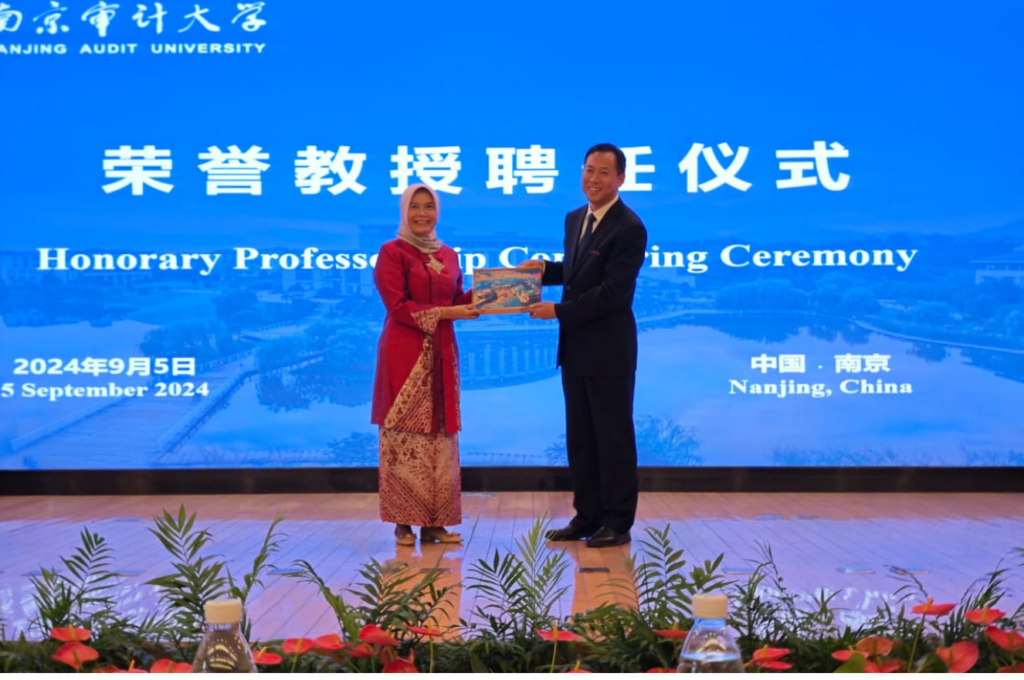
A Proposed Role of the SAI Community
A proposed governance and accountability model for the management of SDGs at the global level would see the SAI community step forward in providing assurances and comprehensive assessments regarding the UN’s performance in steering the global implementation of SDGs. In particular, INTOSAI has the potential to broaden its influence as an international organisation by extending its oversight role to include the implementation of global programs managed by the UN. Proposing the role of the SAI community to oversee governance arrangements established by the UN in the implementation of SDGs might be an avenue for enhancing the role of INTOSAI towards a successful implementation of SDGs.
The multitude of UN-managed global programs may benefit from a comprehensive external audit that takes a holistic approach and thoroughly reviews these initiatives. Presently, the audit tends to focus on the UN’s individual entities’ mandates rather than addressing broader and overarching issues across various UN bodies. This approach has limitations, mainly in the context of SDGs implementation, where the interconnectedness of diverse actors has yet to be fully assessed.
Introducing such a proposed model would represent a significant shift. The SAI community would become a key player in sustainable development, leveraging its expertise to enhance the effectiveness of global SDG implementation far beyond national borders. By conducting extensive audits and performance evaluations, the SAI community have the potential to enhance transparency and accountability in the UN’s initiatives. It could lead to more effective and equitable progress towards the SDGs’ intended outcomes. The analysis indicates that the SAI community’s ability to impact global SDGs implementation is significant but has yet to be fully utilised. It presents an encouraging opportunity to fortify the governance and accountability structures essential for sustainable development.
Conclusion
The SAI community needs to develop a more robust governance framework for the implementation and management of SDGs, particularly at the global level, for the latter half of its implementation period from 2024 to 2030. Collaboration with the academic community might be required as it can significantly facilitate the effective implementation of evidence-based policymaking in the SDGs’ governance framework. At the same time, such contributions could also provide valuable insights for SAI Indonesia as it assumes the chairmanship of INTOSAI from 2028 to 2031. During its chairmanship of INTOSAI, SAI Indonesia will encourage the SAI community to safeguard the achievement of the SDGs in the final year of their implementation in 2030 and to devise a phase-out strategy, including participation in shaping any global agenda post-SDGs.



